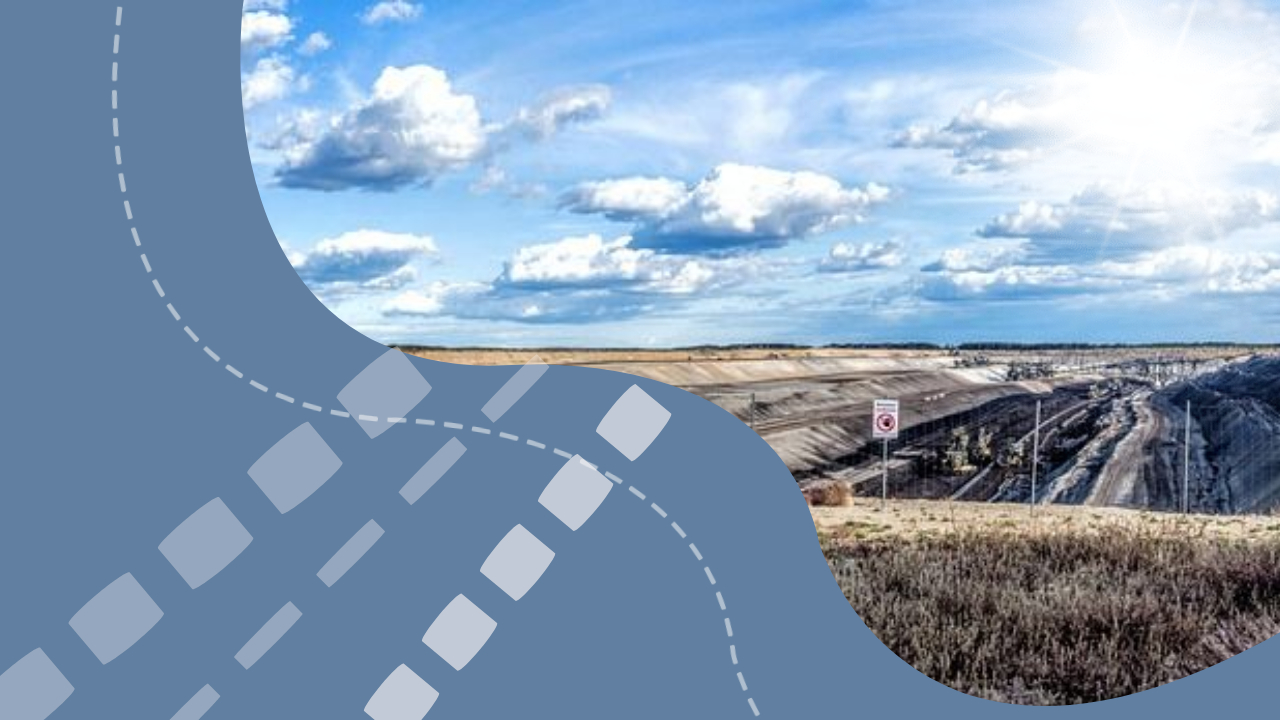Rio Tinto’s Country Head for Serbia, Marijanti Babic, expressed unwavering confidence in the Jadar project, emphasizing its potential to meet the highest environmental standards. In an interview with Novosti, she stressed the project’s significance, positioning it as one of Europe’s most promising lithium deposits, poised to elevate Serbia’s role in the global green transition. Babic underscored the necessity of adhering to Serbian laws and European Union regulations, particularly highlighting the introduction of a “battery passport” in Europe to ensure the sustainability of materials used in electric vehicle batteries. Addressing investment and job creation prospects, Babic revealed that the planned investment for the project amounts to 2.55 billion euros, with potential to create 3,500 jobs based on 2011 data. Moreover, she estimated that the state could earn approximately 180 million euros annually from taxes and mining rent, constituting about one percent of state budget revenues. While Babic clarified that no agreement on the project’s realization has been signed yet, only a memorandum of 2017 exists, outlining a framework for cooperation in its implementation.
Source and Credit: miningeurope.news

